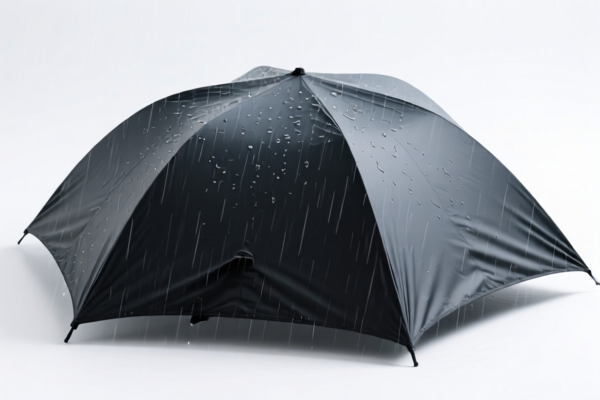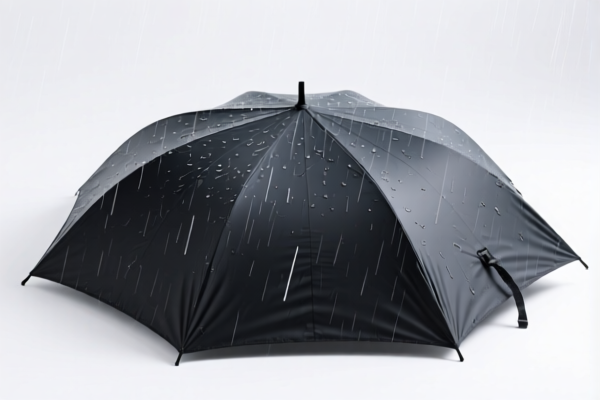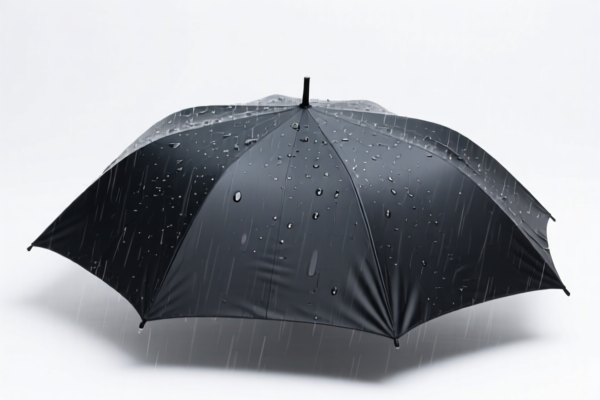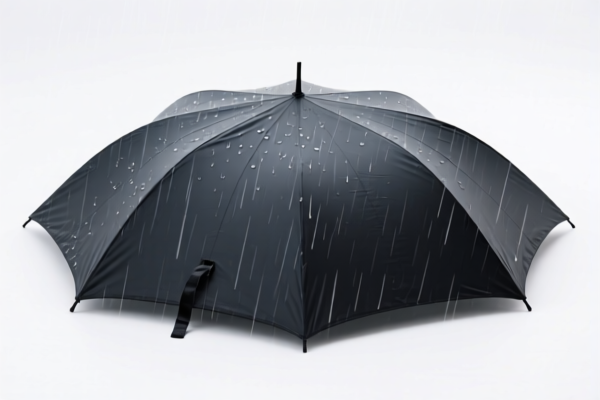| HS Code | Official Doc | Tariff Rate | Origin | Destination | Effective Date |
|---|---|---|---|---|---|
| 9620005000 | Doc | 60.3% | CN | US | 2025-05-12 |
| 9620005500 | Doc | 58.3% | CN | US | 2025-05-12 |
| 9619009000 | Doc | 44.5% | CN | US | 2025-05-12 |
| 3926206000 | Doc | 55.0% | CN | US | 2025-05-12 |
| 3926909989 | Doc | 42.8% | CN | US | 2025-05-12 |
| 3923900080 | Doc | 58.0% | CN | US | 2025-05-12 |




Rain Cover for Baby Car Seat
A rain cover for a baby car seat is a protective accessory designed to shield a baby seated in a car seat from rain, wind, and sometimes, snow or dust. It typically fits over the existing car seat, creating a waterproof and windproof barrier while allowing for ventilation and visibility.
Material
Rain covers are commonly constructed from the following materials:
- PVC (Polyvinyl Chloride): A durable, waterproof plastic. Often transparent for visibility. Can become brittle in very cold temperatures.
- PEVA (Polyethylene Vinyl Acetate): A non-toxic alternative to PVC, offering similar waterproof properties but with greater flexibility.
- Polyester with Waterproof Coating: Offers a lighter weight and breathable option, often with a Durable Water Repellent (DWR) finish.
- Fabric with Waterproof Membrane: More breathable and often used in higher-end covers, providing better comfort in warmer, wet conditions.
Purpose
The primary purpose of a rain cover is to keep the baby dry and comfortable during inclement weather. Secondary benefits include:
- Protection from Wind: Reduces wind chill and keeps the baby warmer.
- Shielding from Dust and Debris: Protects the baby from airborne particles.
- Maintaining a Clean Car Seat: Prevents the car seat from getting wet or dirty.
- UV Protection: Some covers offer UV protection, shielding the baby from harmful sun rays.
Function
Rain covers function by creating a sealed environment around the car seat, typically secured with elastic straps, Velcro closures, or a combination of both. Key functional features include:
- Universal Fit: Many covers are designed to fit a wide range of car seat models.
- Ventilation: Strategically placed vents allow for airflow, preventing condensation buildup and ensuring the baby doesn’t overheat.
- Visibility: Transparent materials allow parents to easily monitor the baby.
- Easy Access: Designed to allow access to the car seat harness and buckles.
- Compact Storage: Most covers can be folded or rolled up for convenient storage when not in use.
Usage Scenarios
- Rainy Days: The most common use case, protecting the baby during transport in wet weather.
- Snowy Conditions: Providing a barrier against snow and slush.
- Dusty Environments: Protecting the baby from airborne dust and debris.
- Windy Weather: Reducing wind chill and keeping the baby warmer.
- Outdoor Events: Protecting the baby during outdoor events where weather conditions are unpredictable.
Common Types
- Universal Rain Covers: Designed to fit a wide variety of car seat models. Often adjustable with elastic straps and Velcro closures.
- Specific Model Rain Covers: Designed specifically for a particular car seat model, offering a more precise fit.
- Full Coverage Rain Covers: Cover the entire car seat, providing maximum protection.
- Partial Coverage Rain Covers: Cover only the upper portion of the car seat, providing protection from rain and wind while allowing for better ventilation.
- Rain Cover with Insect Net: Combines rain protection with a built-in insect net, offering additional protection from bugs.
Based on the provided information, the following HS codes may be relevant to “rain cover for baby car seat”:
-
3926206000: Other articles of plastics and articles of other materials of headings 3901 to 3914: Articles of apparel and clothing accessories (including gloves, mittens and mitts): Other: Plastic rainwear, including jackets, coats, ponchos, parkas and slickers, featuring an outer shell of polyvinyl chloride plastic with or without attached hoods, valued not over $10 per unit.
- 39: Chapter 39: Plastics and articles thereof. This chapter covers a wide range of plastic products.
- 26: Heading 3926: Other articles of plastics and articles of other materials of headings 3901 to 3914. This heading specifically covers articles of apparel and clothing accessories made of plastics or other materials.
- 20: Subheading 392620: Articles of apparel and clothing accessories (including gloves, mittens and mitts). This further specifies the category to apparel items.
- 60: Further specifies "Plastic rainwear, including jackets, coats, ponchos, parkas and slickers, featuring an outer shell of polyvinyl chloride plastic with or without attached hoods, valued not over $10 per unit". This is a specific type of plastic apparel.
-
3926909989: Other articles of plastics and articles of other materials of headings 3901 to 3914: Other: Other.
- 39: Chapter 39: Plastics and articles thereof.
- 26: Heading 3926: Other articles of plastics and articles of other materials of headings 3901 to 3914.
- 90: Subheading 392690: Other. This is a broad category for other plastic articles not specifically classified elsewhere.
- 99: Further specifies "Other". This is a very general classification.
Regarding HS code 3926206000, please note that the value of the rain cover must not exceed $10 per unit for this classification to be applicable.
Customer Reviews
No reviews yet.